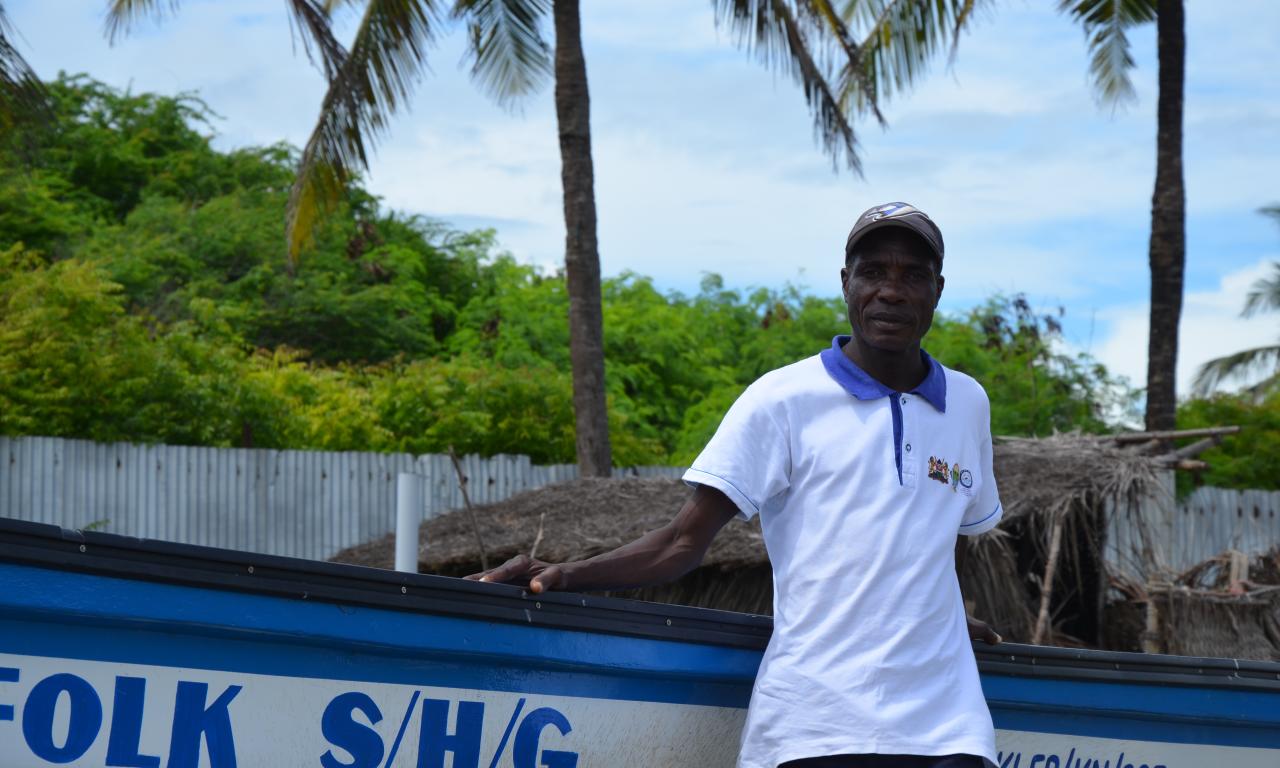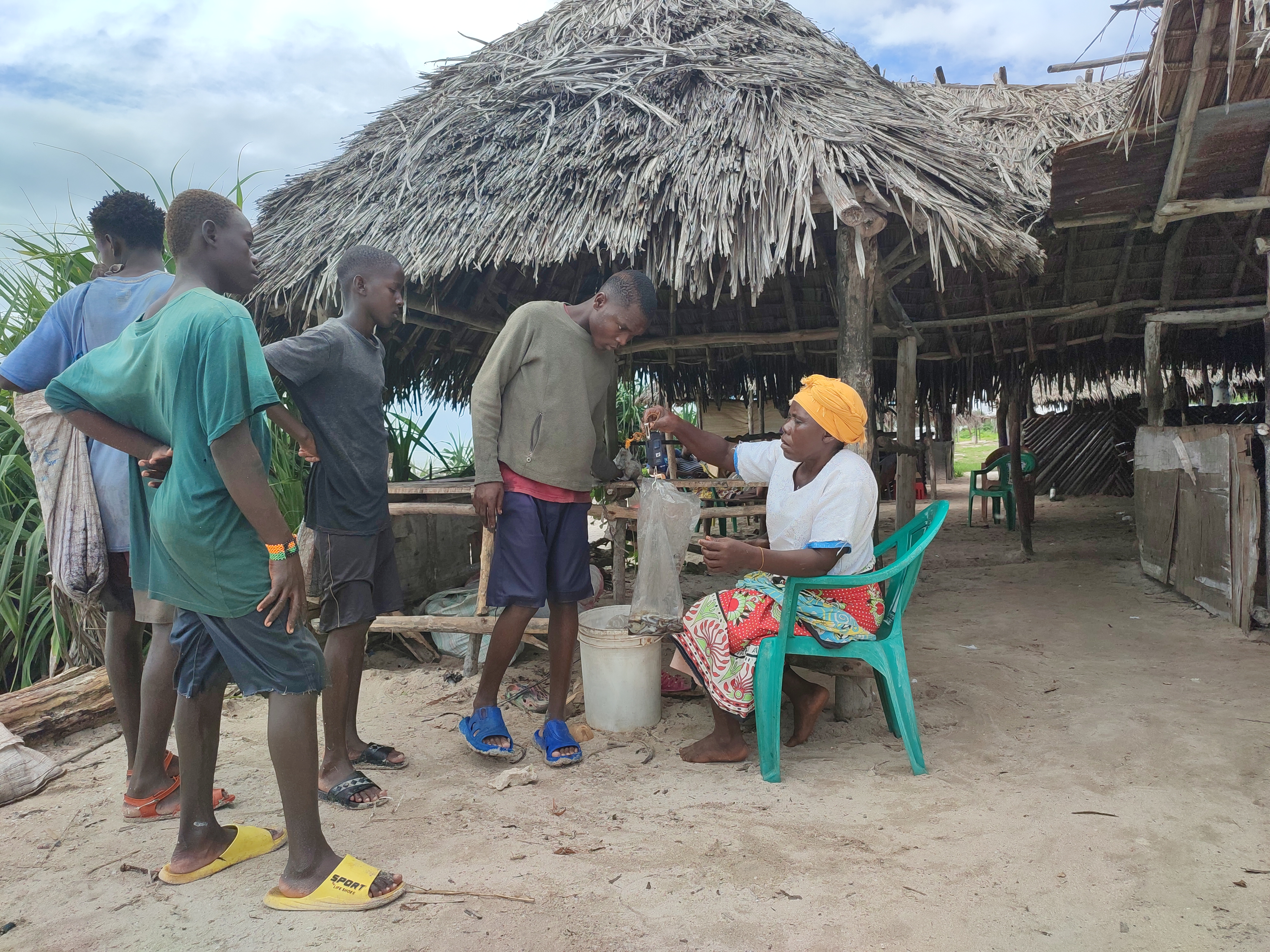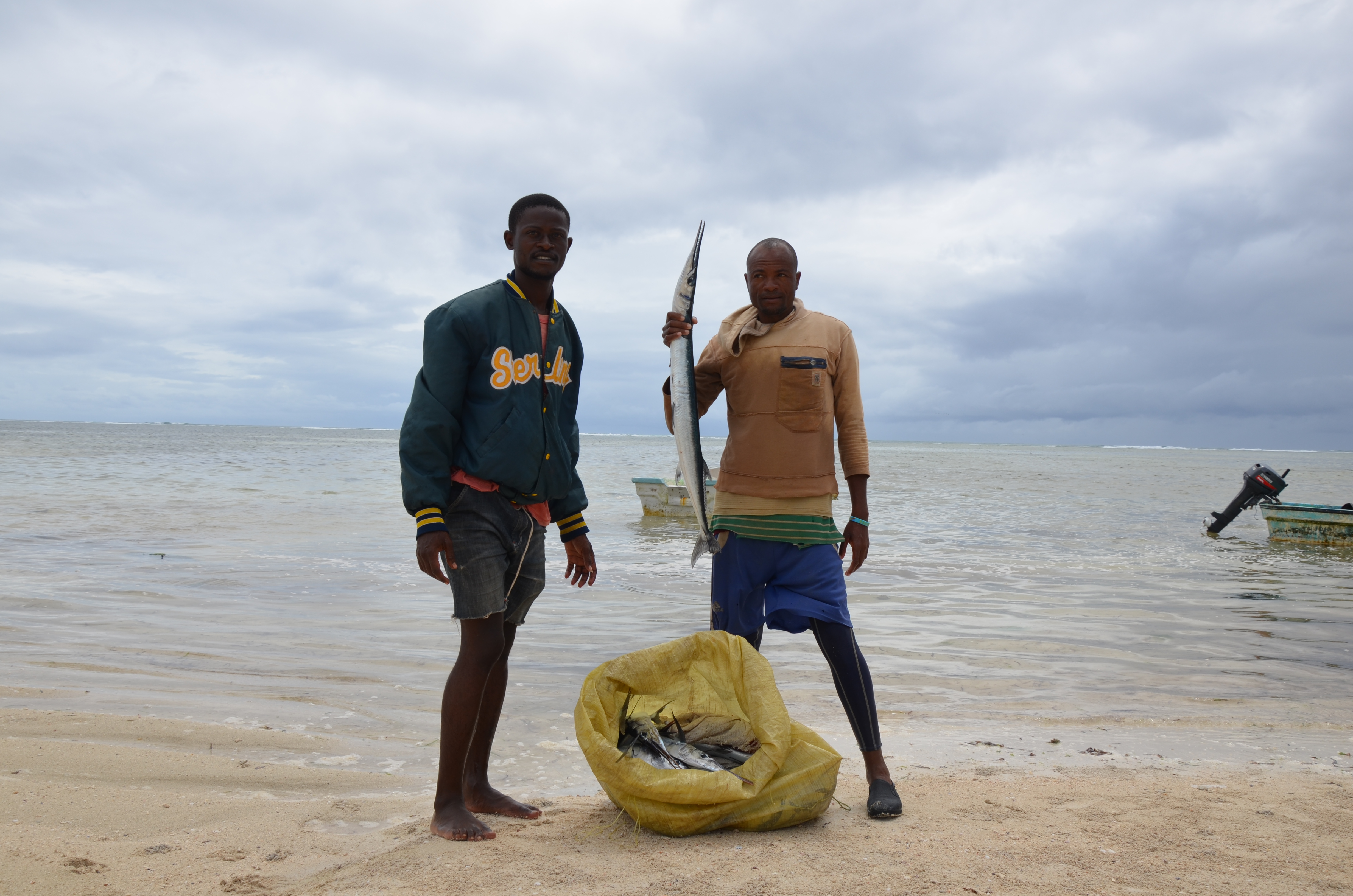
Small-scale fishing represents almost 80% of the catches in the West Indian Ocean region. About half of the fish is for personal consumption. This artisanal fishing sector contributes significantly to food security and livelihood of the populations, particularly those with subsistence living.
In coastal Kenya, these fishery communities face complex challenges from overfishing, ecosystem degradation and climate change, insufficient safety net and lack of livelihood diversification. The newly launched WorldFish-led Asia–Africa BlueTech Superhighway (AABS) project aims to address these challenges through four interconnected work packages, underpinned by robust knowledge exchange across countries on their challenges and experiences to facilitate country-led and country-tailored adaptation of technologies.
The Fisheries co-management guide published by WorldFish and Wildlife Conservation Society calls for a more inclusive fishery management for greater efficiency and sustainability of the resources. Since 2016, Kenya has promoted the creation of Beach Management Units (BMU) that gather fisheries and beach user groups to ensure structured community participation in the management of marine resources. These BMUs are central to enable this inclusive and sustainable fishery co-management in Kenya. How equipped are they to be effective in safeguarding the marine resources and the livelihoods of those who depend on it?
A visit to one of Kanamai BMU’s landing sites provides insights and direction to planning AABS activities in Kenya .
There are 98 BMUs along the 610 km of Kenyan coastline. BMUs like Kanamai, near Mombasa, are mandated to record fish capture at the landing sites they supervise, implement fisheries regulations and create their own site-specific regulations in the form of bylaws.

370 fishers are registered in the Kanamai BMU and they range from octopus hunters in the shallow reef waters; spearfishers; handline subsistence lagoon fishers and fishers who go out in motorised boats that operate within a few miles from the shore.
I do not know if this is because of the lack of options, but in the past decade the number of fishers has tripled which means there is less fish for each of them
I like the freedom and there are not many job opportunities in the region apart from this.

Among the issues small-scale fisheries (SSF) face in Kenya, Salim mentions the fuel price hike, illegal fishing and recent policies that penalise small fishers like him, like the monofilament net ban. Current inflation has impacted his income.
| About half of SSF workforce are women like 47 year old Mary Chizi Mumbo, a single mother with three children, who has been a mama karanga for 20 years. She lives 4 kilometres from the beach and comes here every day. She buys fresh fish directly from the fishers and sells them as fried fish at the open air market in Kanamai where she co-shares a stall with someone else. |
Kenya Marine Fisheries and Socio-Economic Development (KEMSFED), a World Bank-funded blue economy programme, has just given a brand new boat to the Ngoloko self-help group. Mary Chizi Mumbo wonders if this boat investment will work out for her and the other group members.
Effective engagement with local fishing communities will be at the heart of the AABS South-South collaboration to enable a climate resilient and inclusive blue transformation that works for people and nature.
